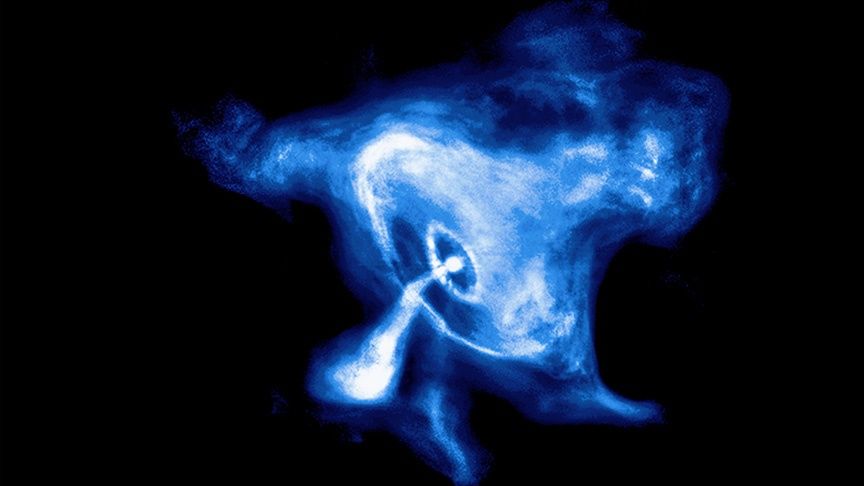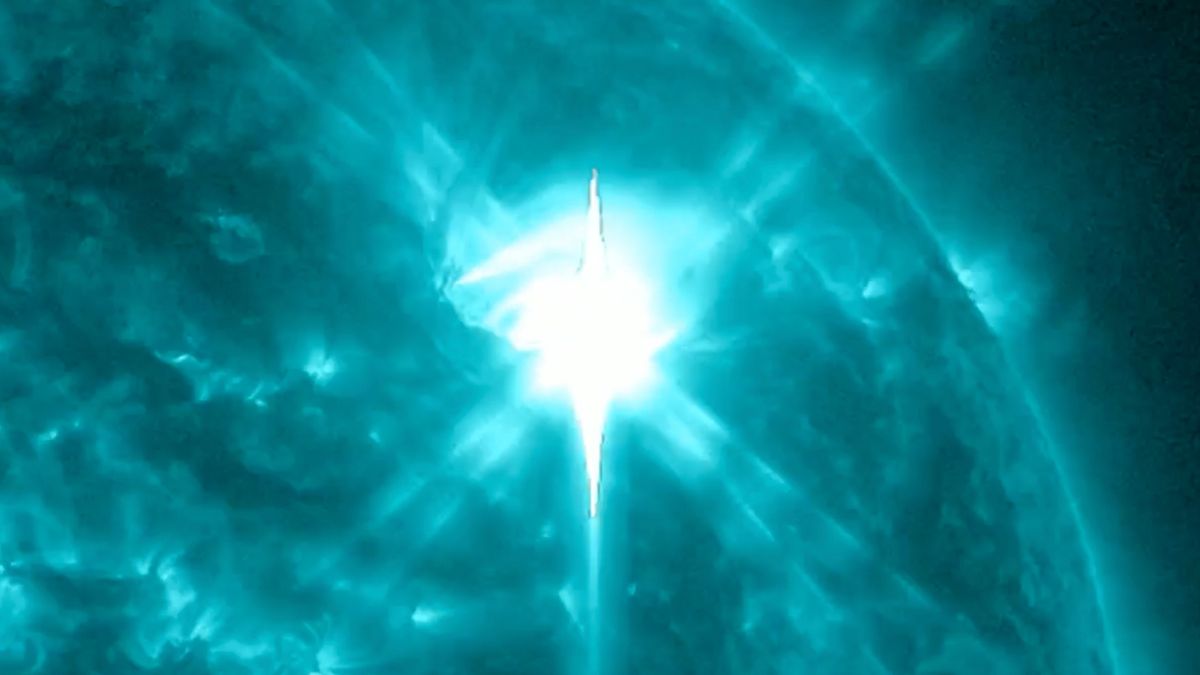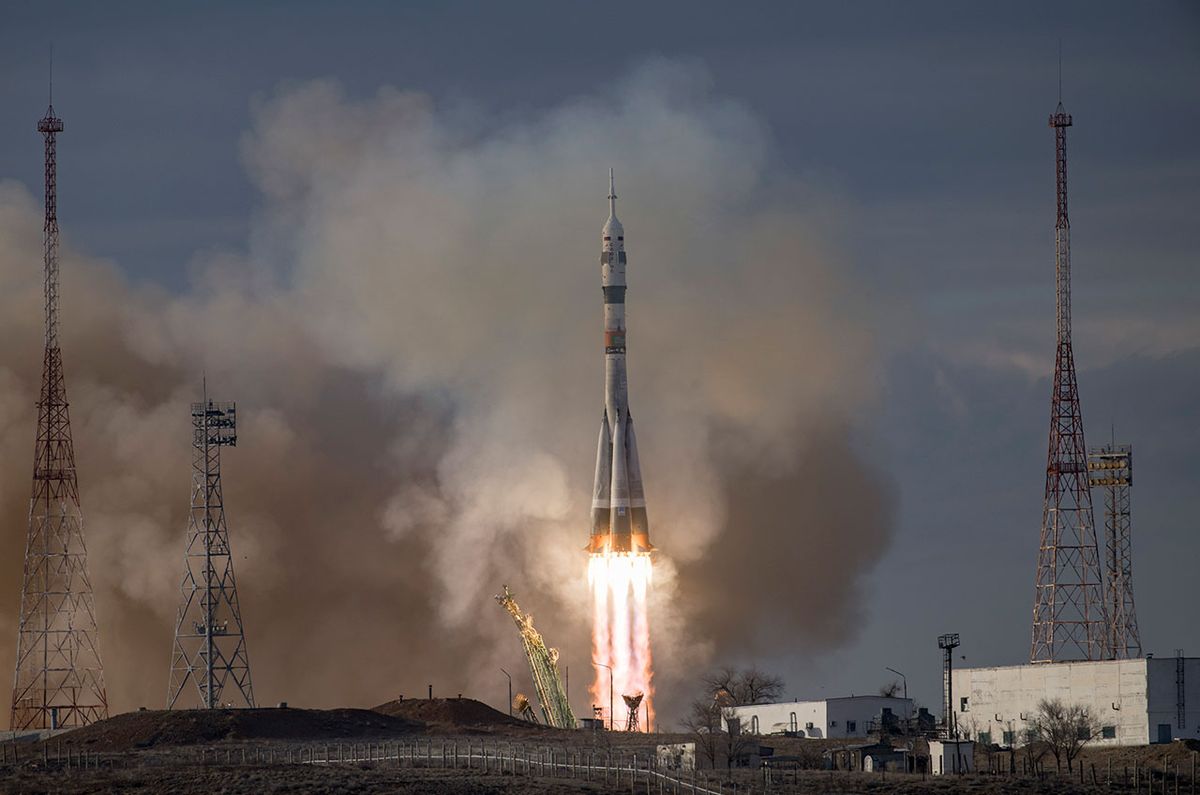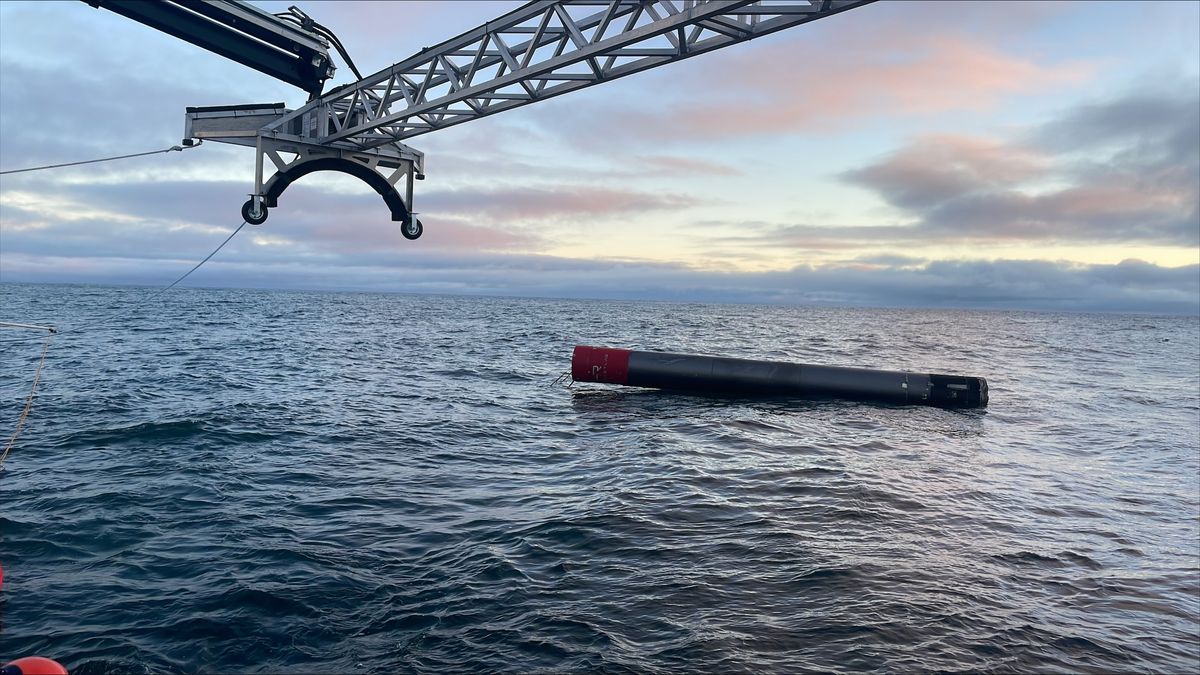Exploring Motion in Deep Space
When we envision the depths of space, our minds often conjure static images – mesmerizing composites of far-off objects such as nebulas and galaxies, seemingly suspended in time. However, the truth is that everything in space is in constant motion, hurtling through the vast expanse at incredible speeds. Despite this ceaseless movement, the immense distances involved make it challenging for us to perceive this motion with the naked eye.
Chandra X-Ray Observatory’s Timelapses
NASA’s Chandra X-Ray Observatory has been diligently capturing images of deep space for decades, allowing scientists to compile timelapses that offer a unique glimpse into the dynamic nature of celestial objects. Recently, the observatory released two captivating “movies” showcasing the motion of iconic entities in deep space – the Crab Nebula and Cassiopeia A (Cas A).
The Crab Nebula, situated approximately 6,500 light-years away from Earth, originated from a supernova explosion in the distant past. Astronomers bear witness to this event in the year 1054 A.D. The timelapse assembled from Chandra’s observations spanning 22 years reveals the ring-shaped shockwaves propagating from the superdense, swiftly rotating neutron star at the nebula’s core. This phenomenon creates undulating ripples throughout the surrounding cosmic environment. The neutron star’s rapid rotation designates it as a pulsar, emitting jets of matter from its poles.
On the other hand, Cas A represents another magnificent remnant of a supernova, positioned roughly 11,000 light years away. The cataclysmic explosion was observable from Earth approximately 340 years ago. In the timelapse unveiled by Chandra, the outward expansion of the remnant captures the initial blast wave traversing the void of space. Multiple shock waves, akin to sonic booms generated by supersonic aircraft, propagate in opposite directions, rippling through the remnants with mesmerizing precision.
Spanning 19 years of observations, the Chandra timelapse vividly captures the graceful ballet of motion within these cosmic phenomena, shedding light on the dynamic intricacies of deep space.
A Ominous Future for Chandra
Despite its remarkable contributions to our understanding of the cosmos, the future of the Chandra Observatory appears uncertain. NASA’s proposed budget for the upcoming years casts a shadow of doubt over the observatory’s continued operations, signaling a potential diminution in its operating budget. While this budget proposal remains in flux, the astronomical community’s impassioned support for Chandra may sway the final decision, halting its premature demise and preserving its invaluable contributions to space exploration.
Image/Photo credit: source url





